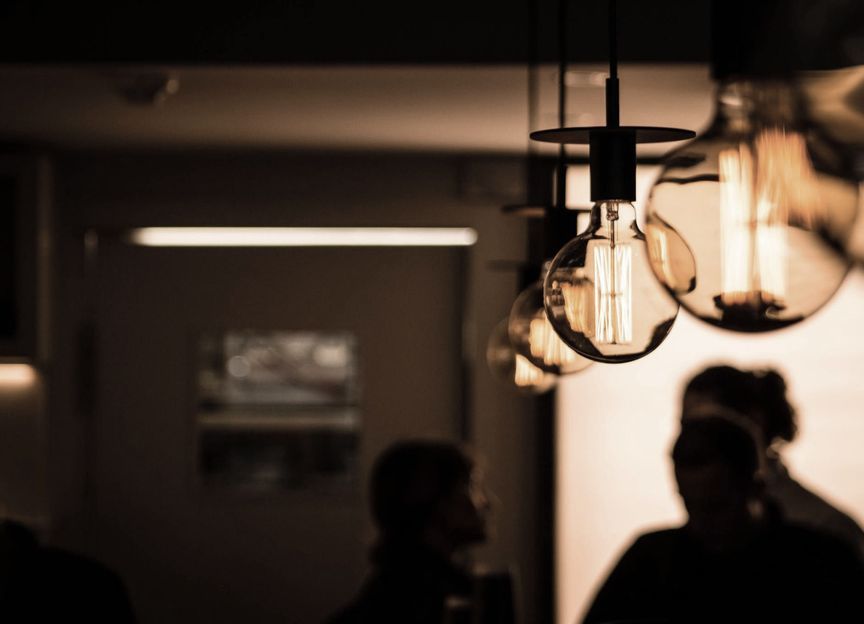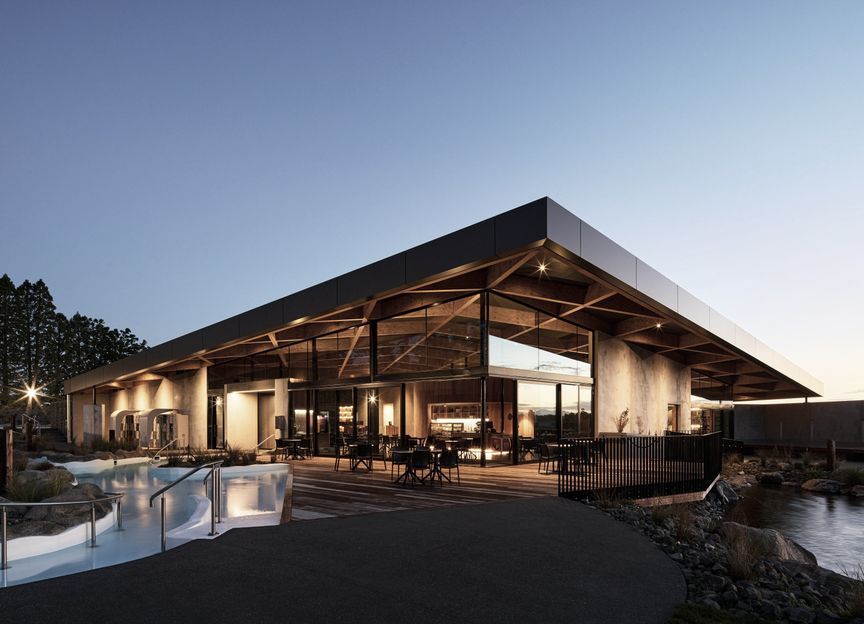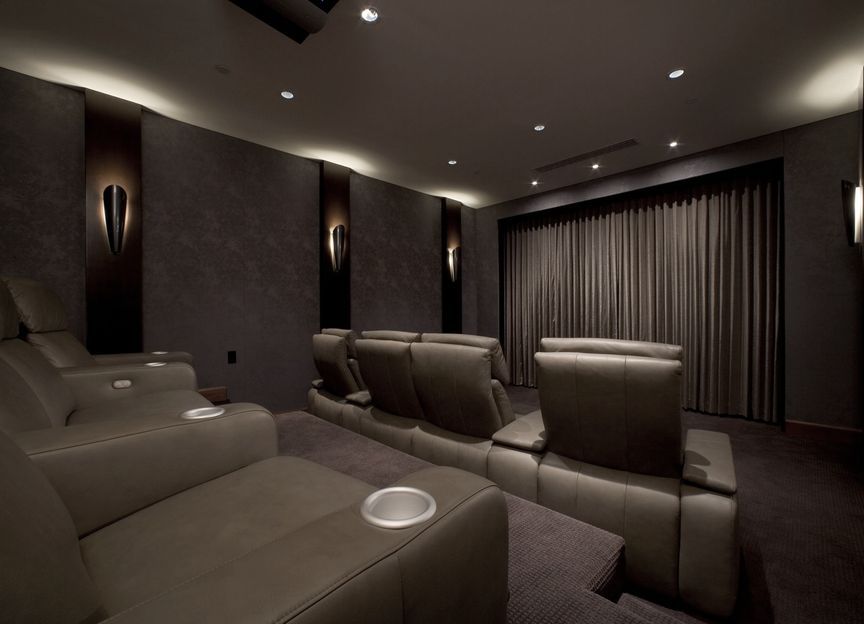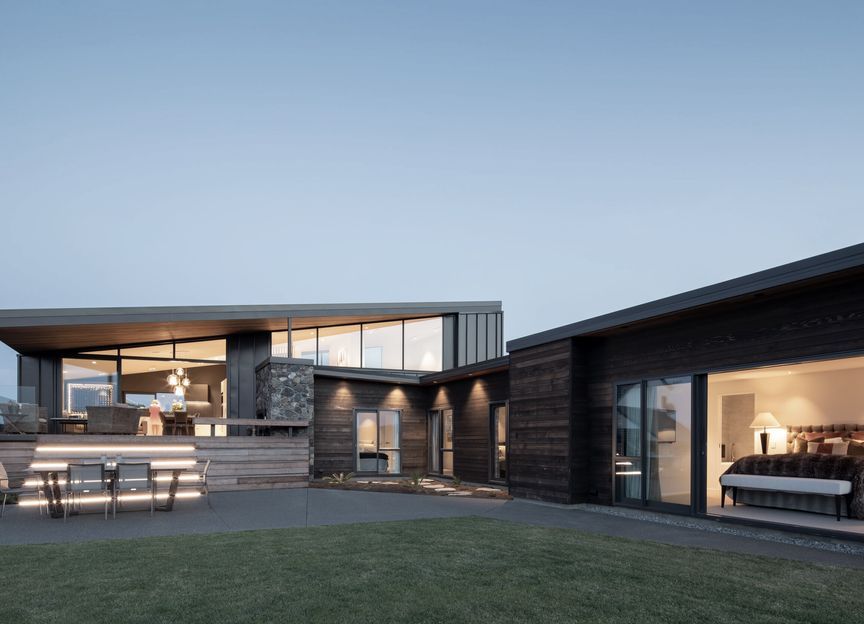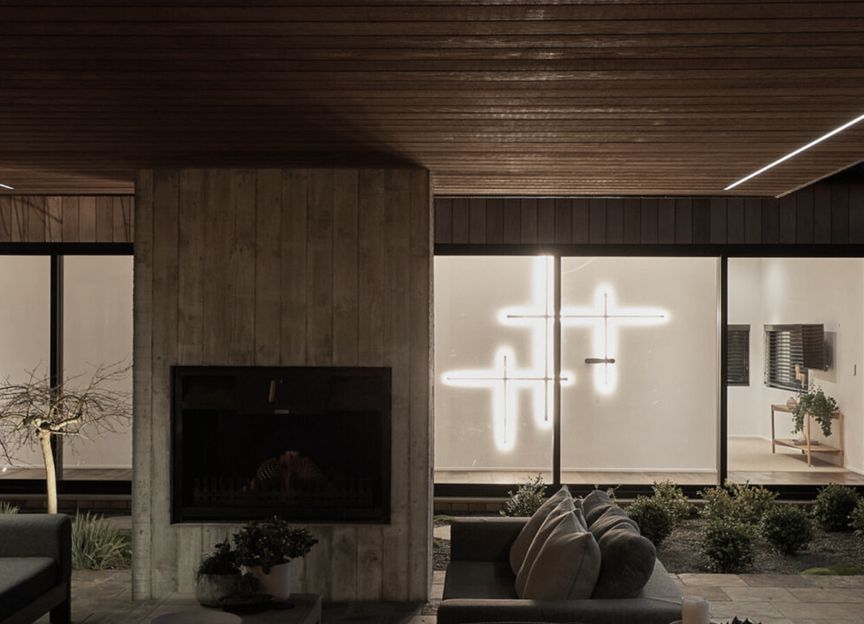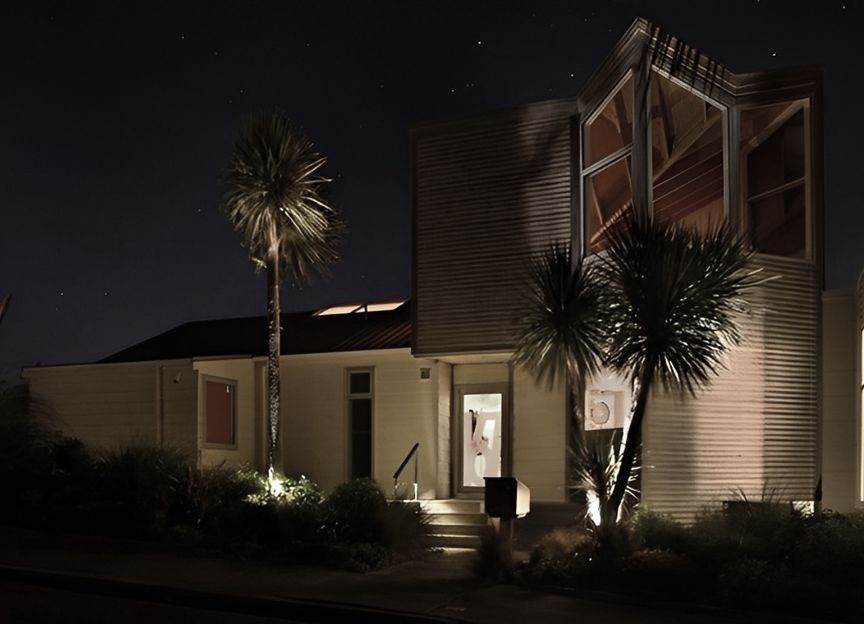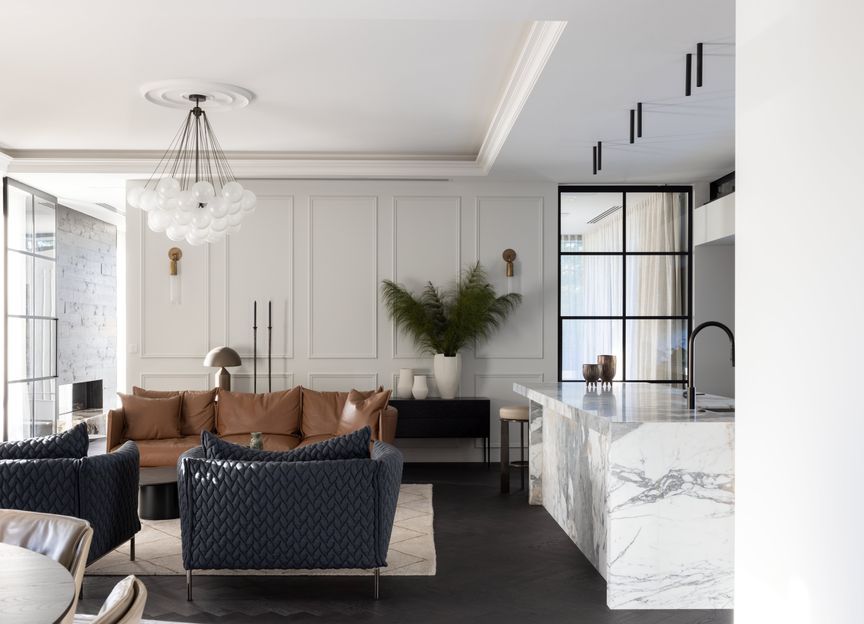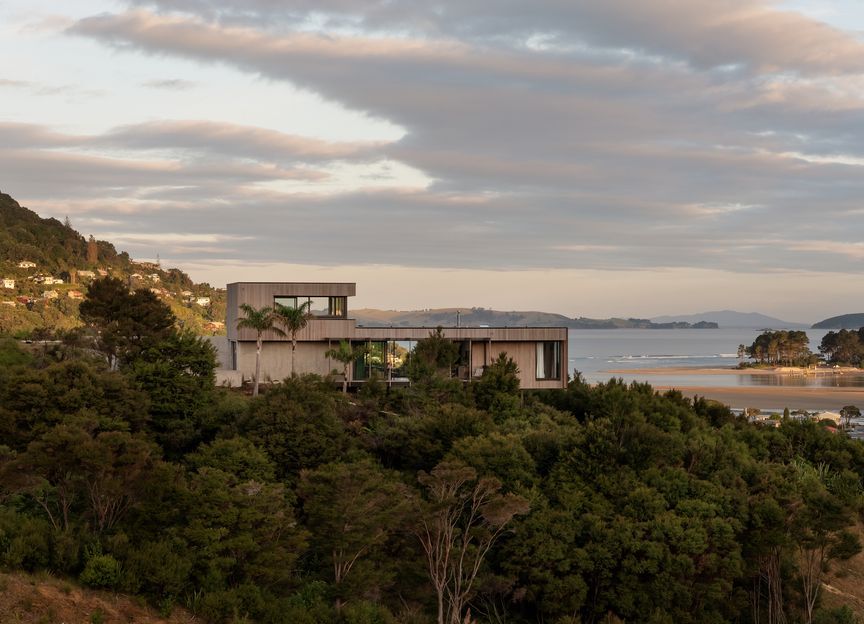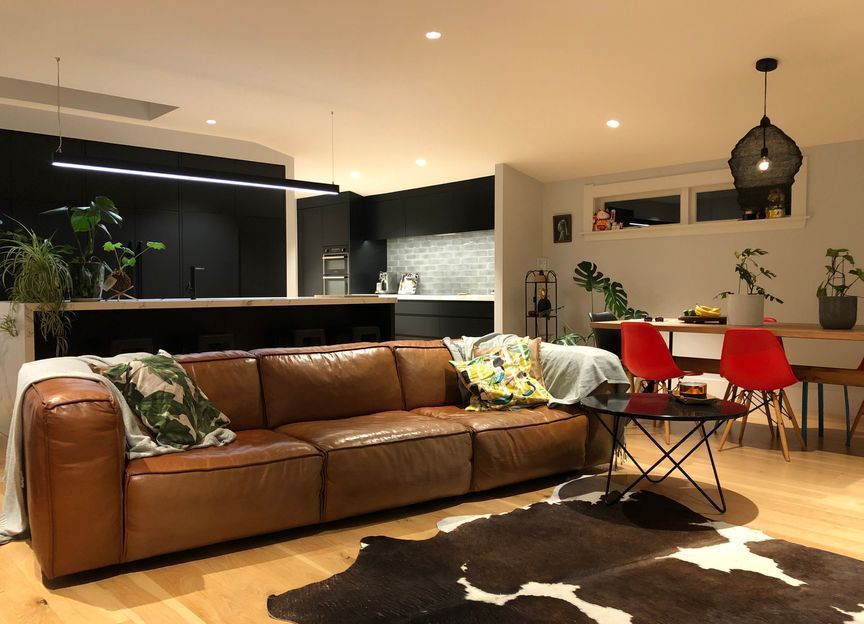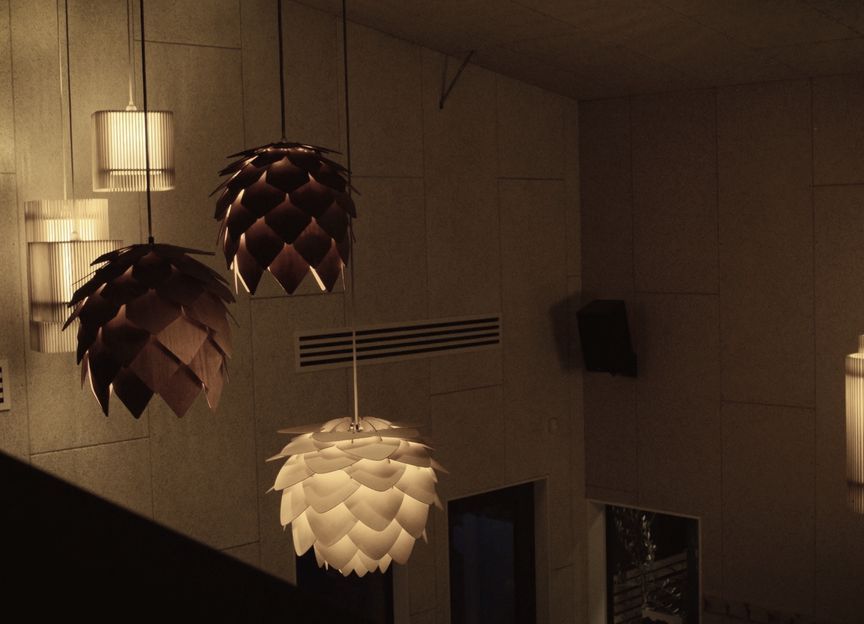Lighting Designers
- The statement or subtle, dramatic or dim, lighting design will enhance both the mood and the use of space and should be considered a key factor in interior and exterior design. Lighting designers will devise the perfect lighting scheme to complement a home’s character, interior décor and functional use. They will work with their network of suppliers to deliver a full solution - from daylight-simulating LEDs, to a mood-enhancing pendant lamp, or shadow-casting floor and table lamps. ArchiPro features only the best lighting designers in New Zealand, ready to assist and collaborate on your next project.Browse Locations
- Lighting Designers in Auckland
- Lighting Designers in Bay of Plenty
- Lighting Designers in Canterbury
- Lighting Designers in Gisborne
- Lighting Designers in Hawke's Bay
- Lighting Designers in Marlborough
- Lighting Designers in Nelson
- Lighting Designers in Northland
- Lighting Designers in Otago
- Lighting Designers in South Island
- Lighting Designers in Southland
- Lighting Designers in Taranaki
- Lighting Designers in Waikato
- Lighting Designers in Wellington
- Lighting Designers in West Coast
Why ArchiPro?
No more endless searching -
Everything you need, all in one place.Real projects, real experts -
Work with vetted architects, designers, and suppliers.Designed for New Zealand -
Projects, products, and professionals that meet local standards.From inspiration to reality -
Find your style and connect with the experts behind it.Start your Project
Start you project with a free account to unlock features designed to help you simplify your building project.
Learn MoreBecome a Pro
Showcase your business on ArchiPro and join industry leading brands showcasing their products and expertise.
Learn More